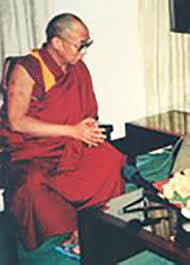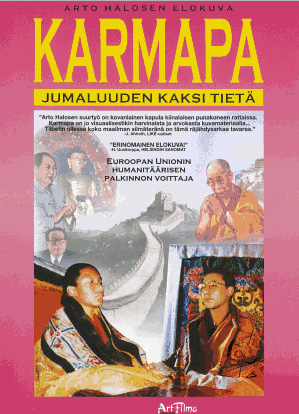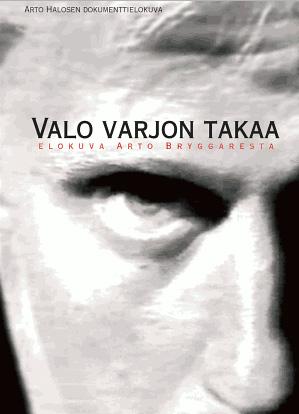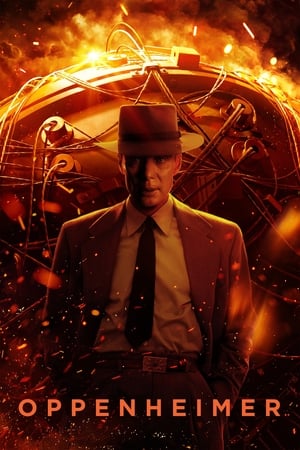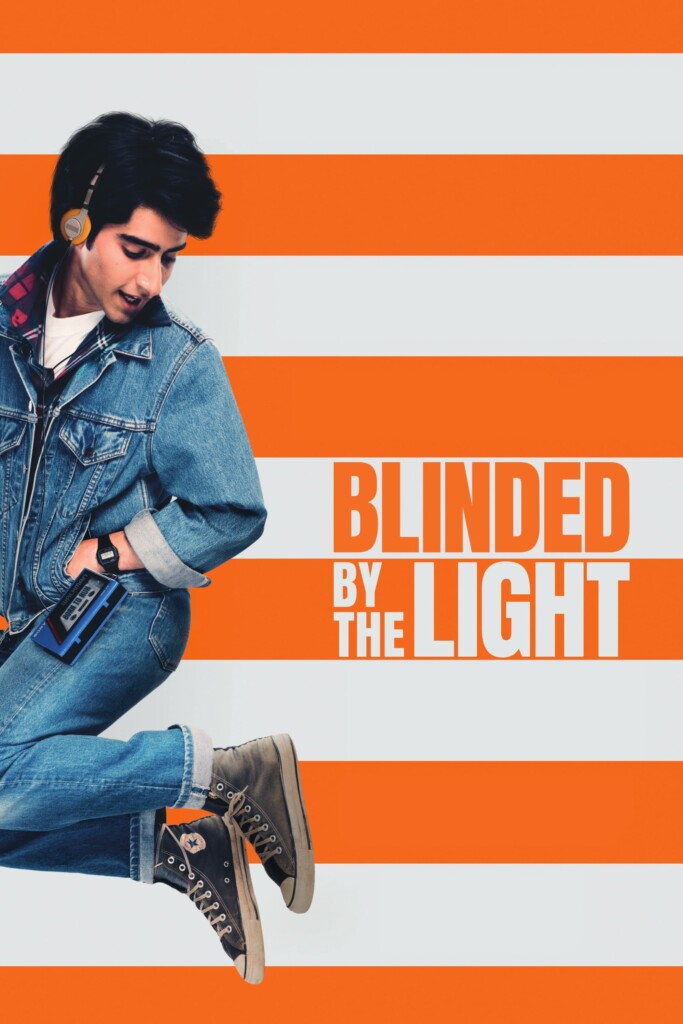Published:
Karmapa – Matka maailman katolla
“Karmapa – matka maailman katolla” (transl. “Karmapa – Journey on the Roof of the World”) is a follow-up documentary to “Karmapa – Jumaluuden kaksi tietä” (transl. “Karmapa – The Two Paths of Divinity”. “Journey on the Roof of the World” portrays the moral and motivational conflicts encountered by the creators.
The filming of “Karmapa – The Two Paths of Divinity” spanned three and a half years, during which the intricate work process of the creators was also documented. The filming involving the Karmapa residing in Tibet was conducted in collaboration with the Chinese government, causing the filming permit process to extend over several years.
As the film features appearances by the Dalai Lama and another Karmapa residing in India, the creators had to present a cover story about the film’s content to the Chinese government. Otherwise, the Chinese administration would hardly have approved the film.
This project wasn’t easily acceptable even within the Buddhist world, as the power struggle between the two Karmapas is a sensitive and divisive issue within Buddhism.
(Source: Art Films production)

